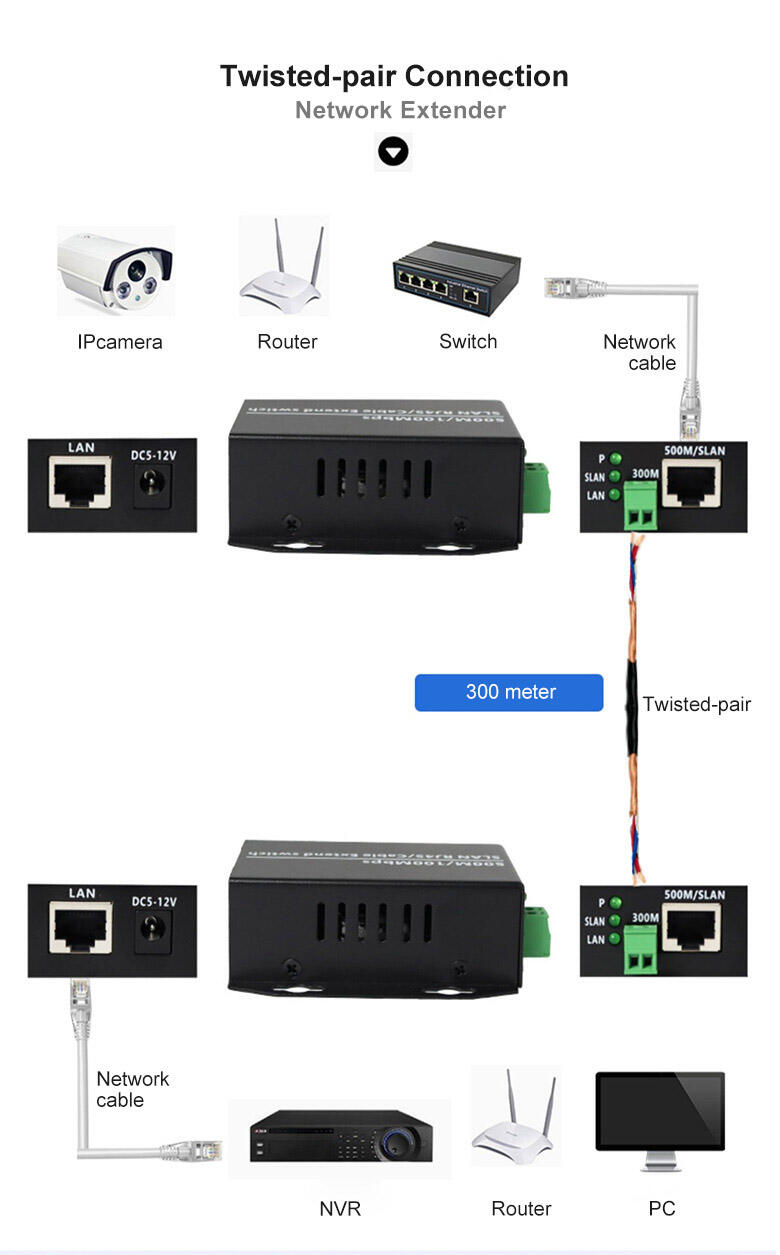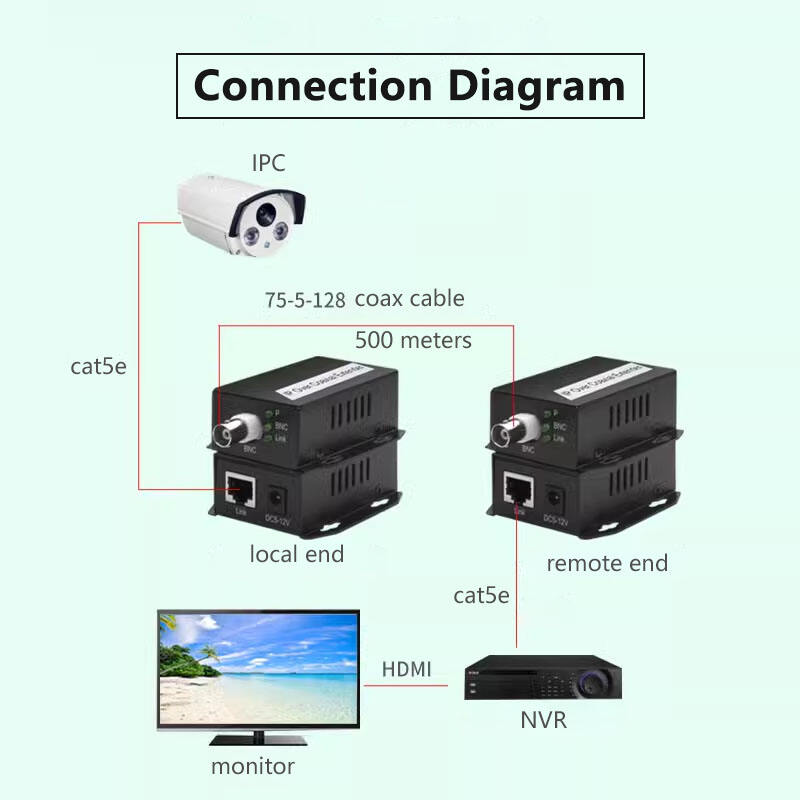Ethernet Extender: Expanding Ethernet Signal Reach
An Ethernet extender is used to extend the transmission distance of Ethernet signals. When the length of the Ethernet cable exceeds the standard limit, this device can amplify and regenerate the signal, enabling longer - distance network connections. Common types include those based on twisted - pair or fiber optic cables.
Get A Quote

